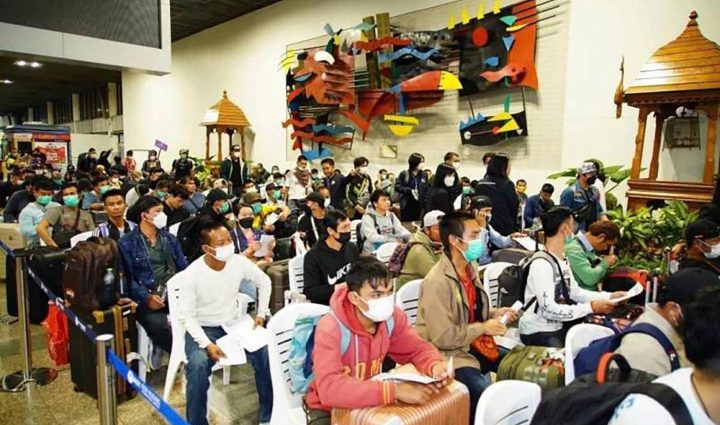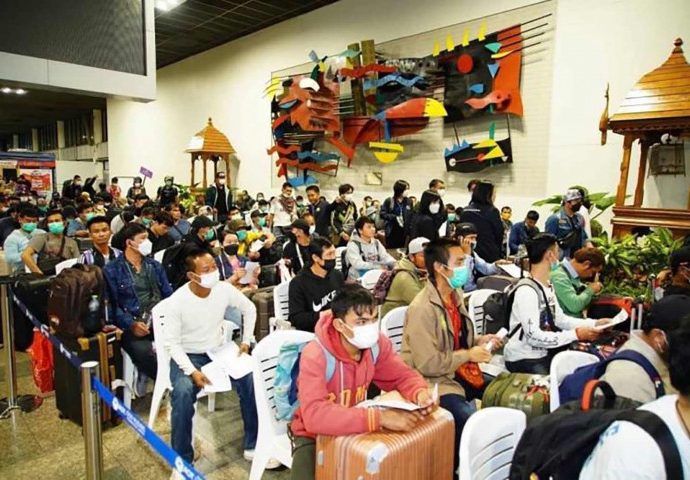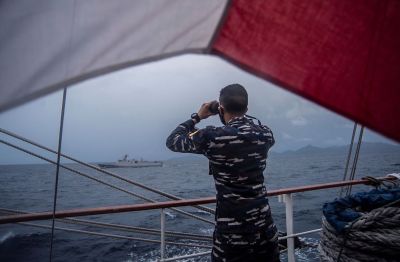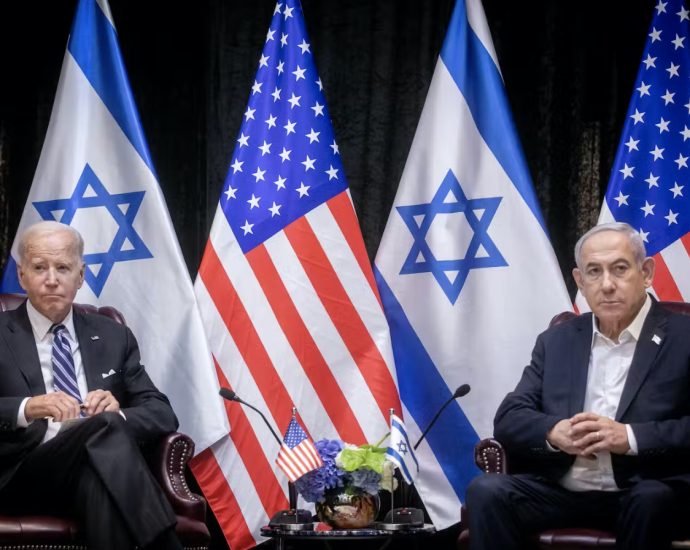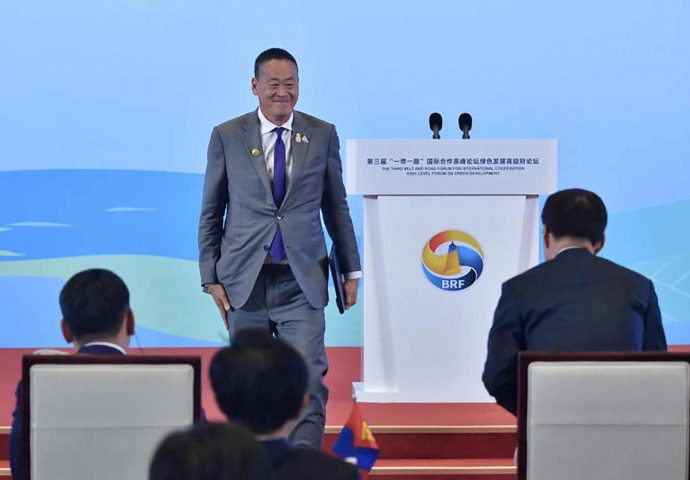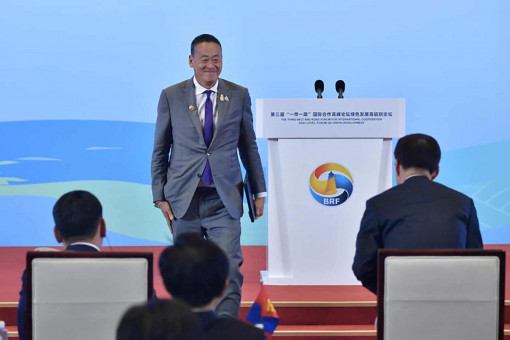Bring your kids home from Israel, governors to urge parents
PUBLISHED : 29 Oct 2023 at 13:42

Governors of all provinces have been instructed to ask the families of Thai workers in Israel to urge their children to return home from Israel as soon as possible for their safety.
In his message to all provincial governors on Saturday, Interior Minister Anutin Charnvirakul said he had just received an order from Prime Minister Srettha Thavisin for the ministry to deploy its officials to visit the families of Thai workers in their provinces and ask them to help talk their children into returning to Thailand as soon as they can for their own safety.
The ongoing Israeli Defensive Force (IDF) offensive against Hamas militants could put them in danger.
Mr Anutin said the government will help arrange and cover the expenses for their return trips, and provide further assistance.
He asked the provincial governors to comply with the prime minister’s instruction.
Also on Saturday, the Ministry of Foreign Affairs issued an urgent update to all Thai workers in Israel, urging them to return to Thailand as quickly as possible.
Karom Pornpolklang, a deputy government spokesman, said the workers could rest assured that, with assistance from the Labour Ministry, they would get their outstanding pay in full and would be able to return to work in Israel when the situation has returned to normal.
According to the Foreign Ministry’s update on Thai workers in Israel, 8,478 have registered for repatriation and 6,448 have been evacuated to Thailand on 36 flights. Of the returnees, 1,189 have submitted a form showing an intention to return to work in Israel.
Another 320 Thai workers were to arrive home on two flights on Sunday -– 180 on Nok Air Flight DD9080, scheduled for landing at Don Mueang airport at midnight, and 140 on Air Asia Flight FD8753 to touch down at Don Mueang airport at 4.05am.
Siripong Angkhasakulkiat, the Ministry of Education spokesman, said Education Minister Pol Gen Permpoon Chidchob had expressed concern over the 71 Thai vocational student trainees who are still in Israel at the Arava International Centre for Agricultural Training (AICAT) under a Thai-Israeli cooperation programme for 2023.
A total of 78 vocational students were sent to Israel under this programme, but just seven of them had returned home.
Mr Siripong said he called the remaining 71 students by phone and urged them to return home, and they agreed.
The students are to leave Israel on Sunday and arrive on a flight at Suvarnabhumi airport on Monday at 3.50pm, he said.
He said the students can seek permission from the Vocational Education Commission to return to Israel for training after the situation has returned to normal.

